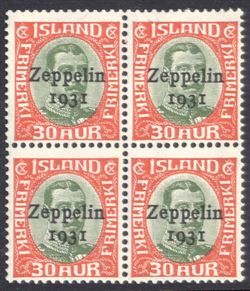
af Vagn Juhl-Larsen | okt 10, 2023 | Stamp of the day
In 1860 a new, and now very famous separation methodology was introduced in Finland– the serpentine rouletting. The indentation depth between the teeth was so extreme that the individual stamps looked very odd, as you can see from the picture. This methodology worked,...

af Vagn Juhl-Larsen | okt 9, 2023 | Stamp of the day
Around the world there are many examples of the so called “Postmaster rouletting” where local postmasters rouletted former imperforated stamps. Todays stamp is an example from USA: “ After the need for imperforate sheets of 400 of the 1912 1-cent and 2-cent Washington...

af Vagn Juhl-Larsen | okt 8, 2023 | Stamp of the day
Rouletting uses small cuts in the paper instead of holes. In 1847, Henry Archer of the United Kingdom constructed the first (rouletting) machine, the “Archer Roulette”, to separate stamps. His plan, submitted to the Postmaster General on 1 October 1847,...

af Vagn Juhl-Larsen | okt 8, 2023 | Stamp of the day
SEPARATION OF STAMPS: Comb perforation Comb perforation is when the perforation pins have been arranged in a comb pattern to perforate three sides of a stamp in one stroke. You can recognize a comb perforated stamp by the fact, that the corner teeth look alike....

af Vagn Juhl-Larsen | okt 6, 2023 | Stamp of the day, Uncategorized
Line perforation comprises several steps: the sheet of stamps is first perforated horizontally, then vertically, until the whole sheet is perforated. This is an imprecise process, meaning it can result in lines and gaps of different sizes. You can recognize a line...








